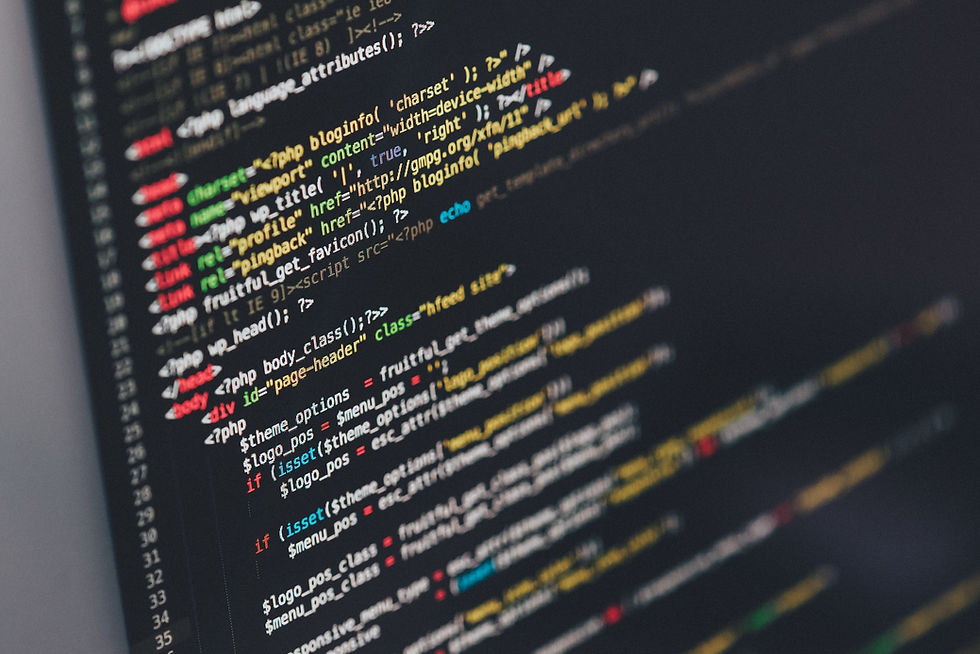For Beginners Only
- Kim Berg

- Jan 25, 2018
- 2 min read
I remember when I wanted to first become an instructional designer, I was convinced I should learn coding of some sort. I joined a MOOC on edX and began my journey. This last about two weeks. I quickly realized it wasn’t something that really excited me, and I felt a bit lost while trying to go through the course. Yes, it was introductory, and no, it wasn’t the courses fault that I felt lost. It was the difficulty of learning a different language, because that is essentially what you’re doing when you’re learning to code. I was conversational in Spanish at one point in my life, and I forgot it. I realized if I didn’t keep up with coding, the same would happen. I prioritize my life in such a way that I realized it wouldn’t work out the way I’d thought it might, so I stopped coding.

I first heard about Scratch last semester in one of my instructional design courses. It was pitched to us as a way to learn coding without the intensity and intimidation of actually learning the language of coding. The principles and basics of how coding works with animation is the focus, I was told, and I was initially interested. I did not decide to give it a try, at the time, for similar reasons I shared above.
Then I was offered a quest to create my own animation using Scratch. This seemed like the perfect opportunity to give it a go, and I decided I would dive right in.

If I’m honest, initially I sort of found it difficult to find the parallel Scratch had to coding. I understand it’s supposed to be super basic, and isn’t really teaching coding, per se. Regardless, I attempted to make an animation on my own without looking through any guide or tips, thinking it would be easy. I quickly found myself lost in making my own animation, and ended up retreating to the starter guide in order to begin. The guide helped me not only make the animation, but actually understand better what I was doing. I realized how the similarity between Scratch and coding lies in the process that much of the text is embedded within a body of other text in order to make something work or look how you want it to.

It was after my experience with this did I see how beneficial this can be to help people conceptualize coding a bit better. It is not that it will lead directly to success in coding or the ability to magically understand the language. There would still need to be work done directly with a coding language in order to become conversational or fluent in it, much like the work necessary to do so with a foreign language.

I now have a growing respect for programs like this, that attempt to offer entry-level practice on conceptual framework surrounding a topic. This can be used for both those who are younger and older, as it seems like the appeal is to those who are initially learning about something, which can be done at any age. I’m even only now just learning about basic principles regarding instructional design, and could use something like Scratch to help me out.






Comments